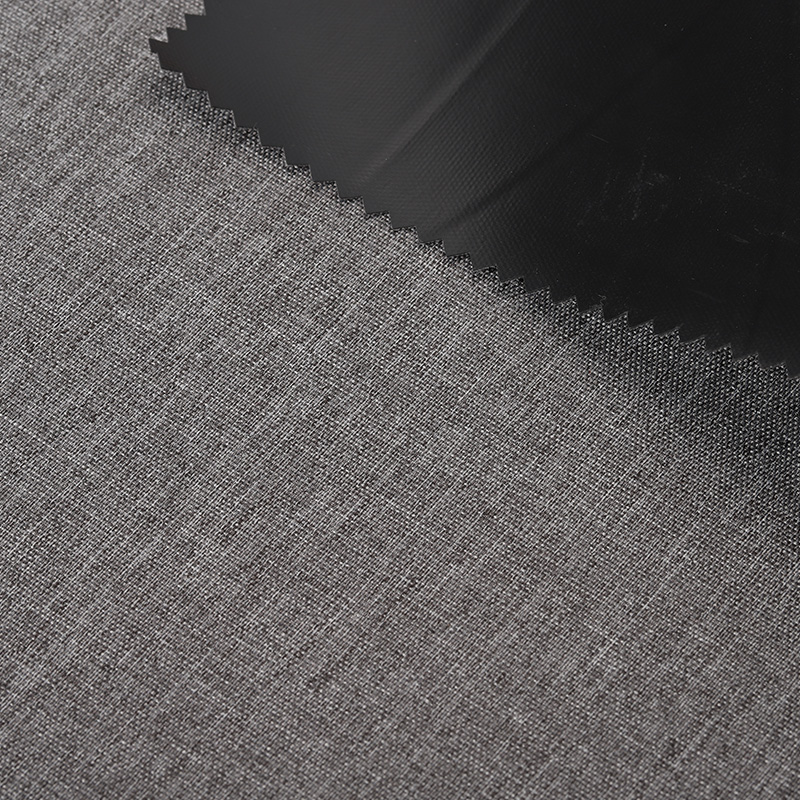Oxford fabric, renowned for its exceptional durability and strength, has earned its place as a top choice in various industries, from fashion to outdoor gear. But what is it that makes Oxford fabric so resistant to wear and tear, even after prolonged use? To understand this, we must delve into the intricate composition, construction, and unique properties of this versatile material.
The Structure of Oxford Fabric: A Key to Its Durability
At its core, Oxford fabric is woven using a basketweave structure, which provides it with remarkable resilience. This distinct weave consists of two or more yarns crossing over and under each other in a pattern that distributes stress evenly across the fabric. The result? A sturdy, tightly-knit textile that can withstand the rigors of daily wear.
Furthermore, Oxford fabric is commonly made from a blend of cotton and polyester, which enhances its strength and longevity. The polyester fibers add an element of resistance to abrasion, while cotton brings in breathability and comfort. This hybrid composition is crucial in protecting the fabric from external damage, making it highly resistant to tearing and fraying.
Protective Coatings: An Extra Layer of Defense
In addition to its structural integrity, Oxford fabric is often treated with various protective coatings. These coatings, which include water repellents and UV inhibitors, serve as shields against environmental stressors. The hydrophobic nature of these treatments prevents water from seeping into the fabric, reducing the chances of mildew and mold buildup. UV inhibitors also protect the material from fading and weakening due to prolonged exposure to sunlight.
The fabric's durability is further enhanced by its resistance to pilling. While many textiles may begin to show signs of wear in the form of small balls of fiber on the surface, Oxford fabric maintains its smooth finish, even after extensive use. This resistance to pilling is a testament to its superior construction and the high-quality fibers used in its production.
Everyday Applications: Where Oxford Fabric Shines
From luggage to outdoor tents and sports apparel, Oxford fabric’s resilience makes it a go-to choice for a wide array of products. In the luggage industry, for instance, its robust construction allows bags and suitcases to endure the rough handling they often experience during travel. Oxford fabric is also widely used in outdoor gear, such as backpacks and tents, where durability and resistance to the elements are paramount.
In the world of fashion, Oxford fabric is frequently employed in shirts and casual wear, offering a balance of comfort and strength. The fabric’s ability to withstand frequent washing and wear without losing its shape or softness makes it a popular choice for garments designed for active lifestyles.
Longevity Through Maintenance
To ensure Oxford fabric continues to resist wear and tear over time, proper care is essential. While the material is inherently durable, regular maintenance can prolong its lifespan. For instance, cleaning the fabric according to the manufacturer’s guidelines ensures that its protective coatings remain intact. Additionally, avoiding excessive exposure to harsh chemicals or abrasive surfaces can help preserve the fabric’s strength and appearance.
Conclusion: A Fabric Built to Last
Oxford fabric stands as a testament to the marriage of design, innovation, and functionality. Its woven structure, combined with protective treatments and a resilient blend of fibers, makes it remarkably resistant to wear and tear. Whether in everyday clothing, outdoor gear, or heavy-duty products, Oxford fabric offers durability that can withstand the tests of time and the elements. With the right care, it’s a material that continues to shine, offering both reliability and style.


 English
English CN
CN














